Practicing Evidence-Based Medicine
- Even the most competent physician can be prone to misusing epidemiologic concepts. An example of inaccurate decision making, resting on Bayes’s theorem, occurred in a recent study in which primary care physicians were given clinical scenarios. Although the clinicians confidently provided their estimates of the probabilities of given disorders, no consensus could be found among the estimates. Another study assessed the ability of medical students, residents, and attending physicians to correctly determine the positive predictive value of a hypothetical screening test. The vast majority of respondents not only got the question wrong but also had an answer that would have led to the opposite clinical conclusions, guessing an incorrect positive predictive value of 95% when the true answer was 2%.
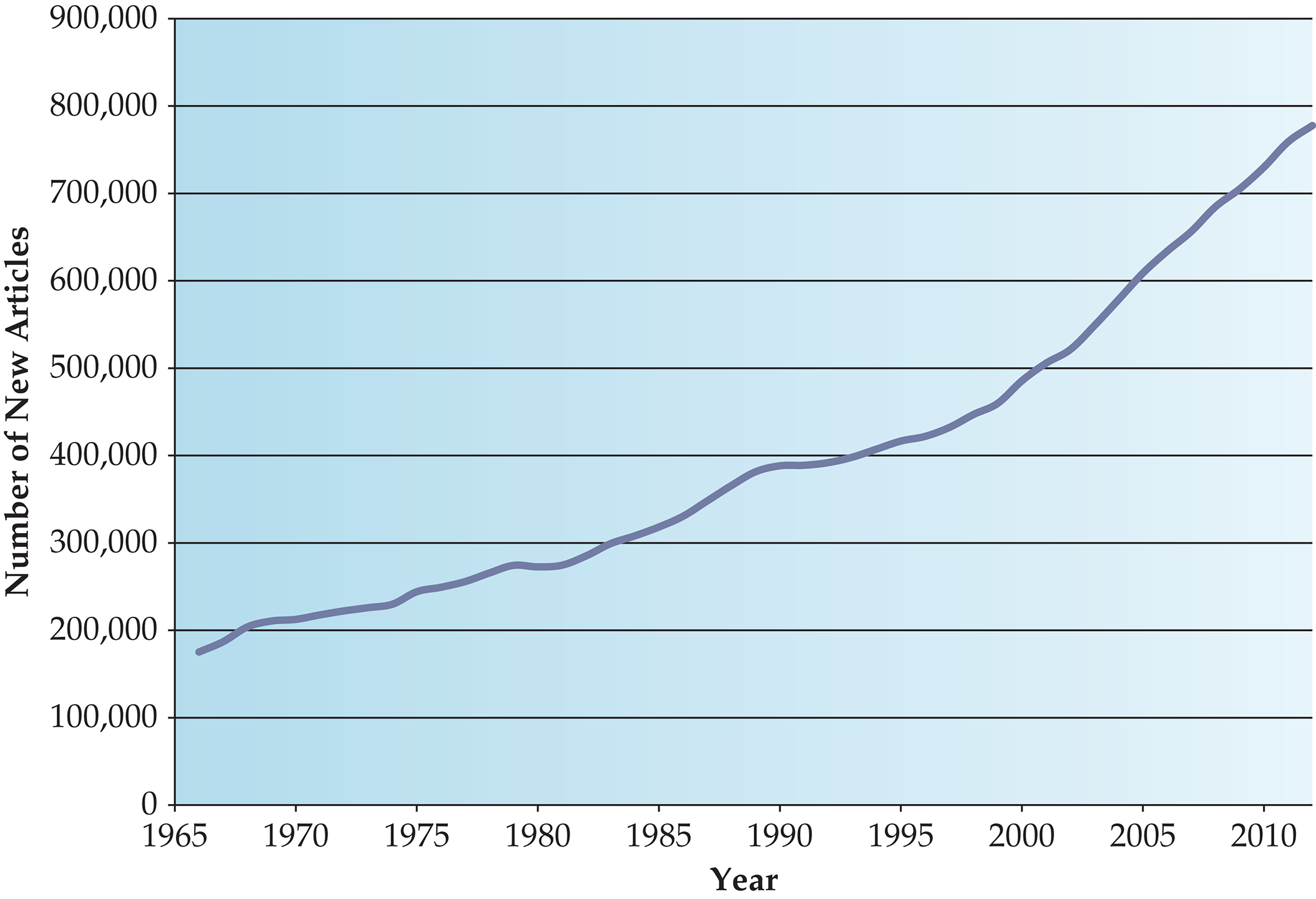
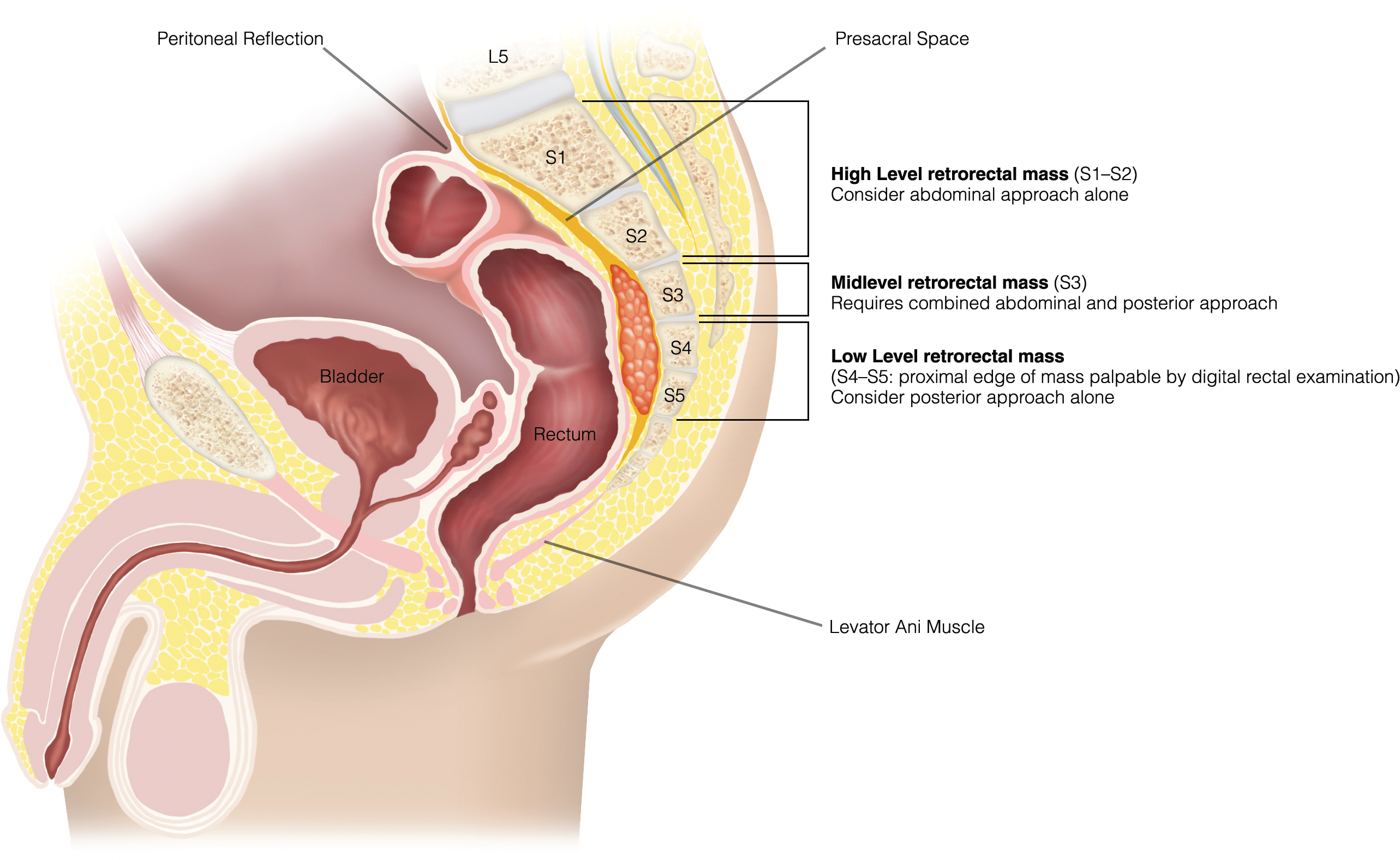
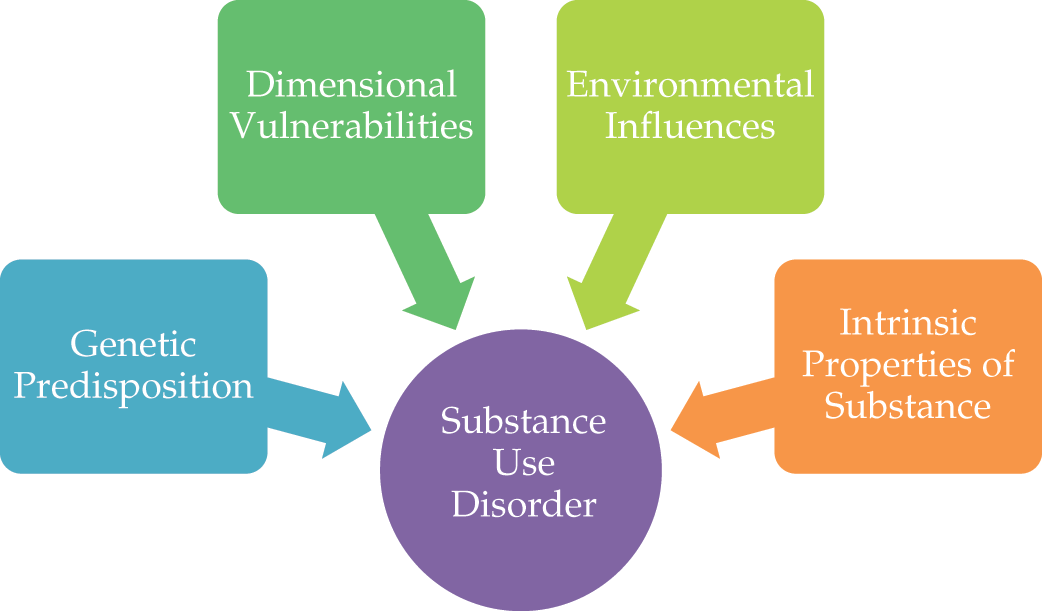
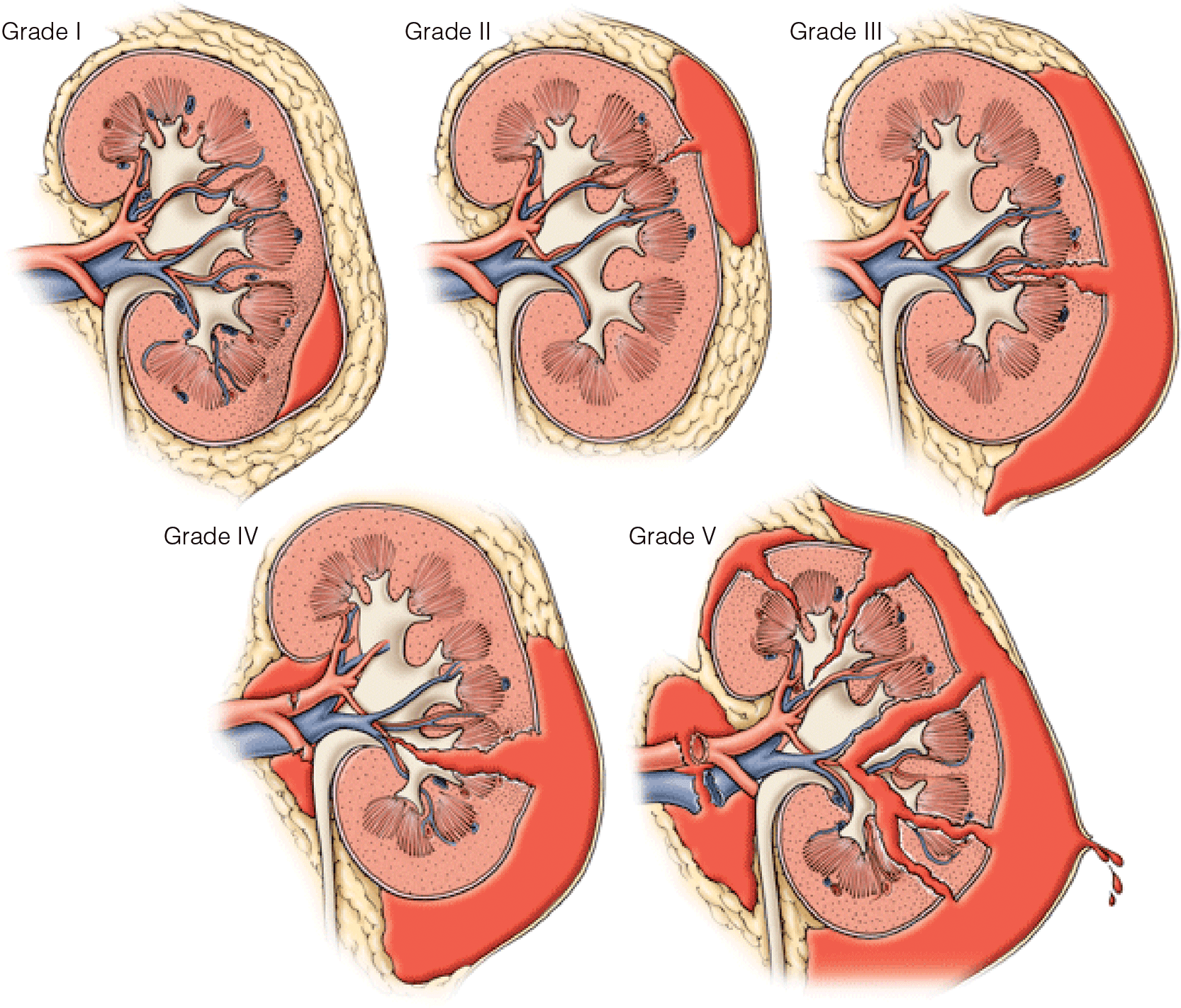
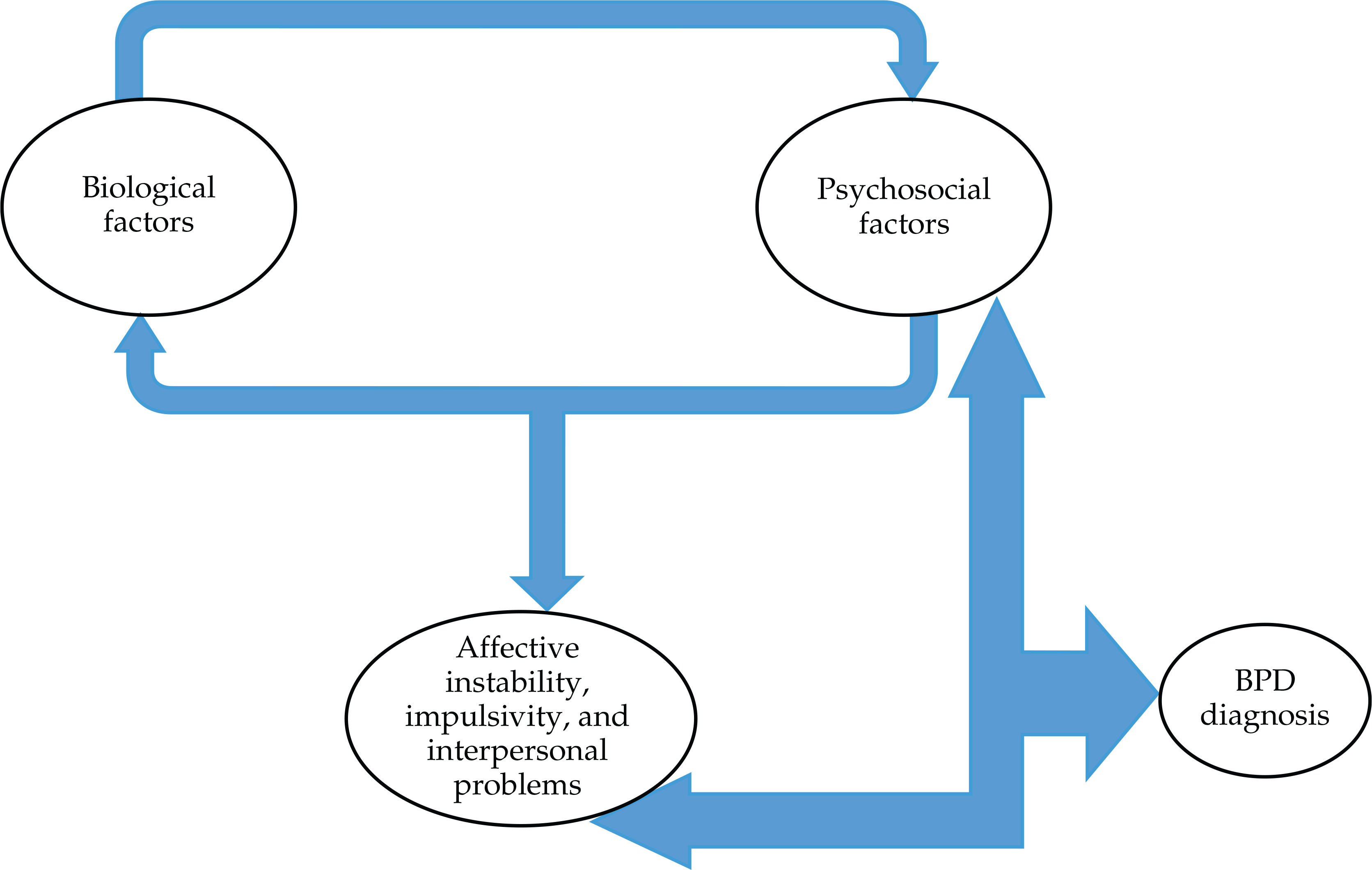



.png)







